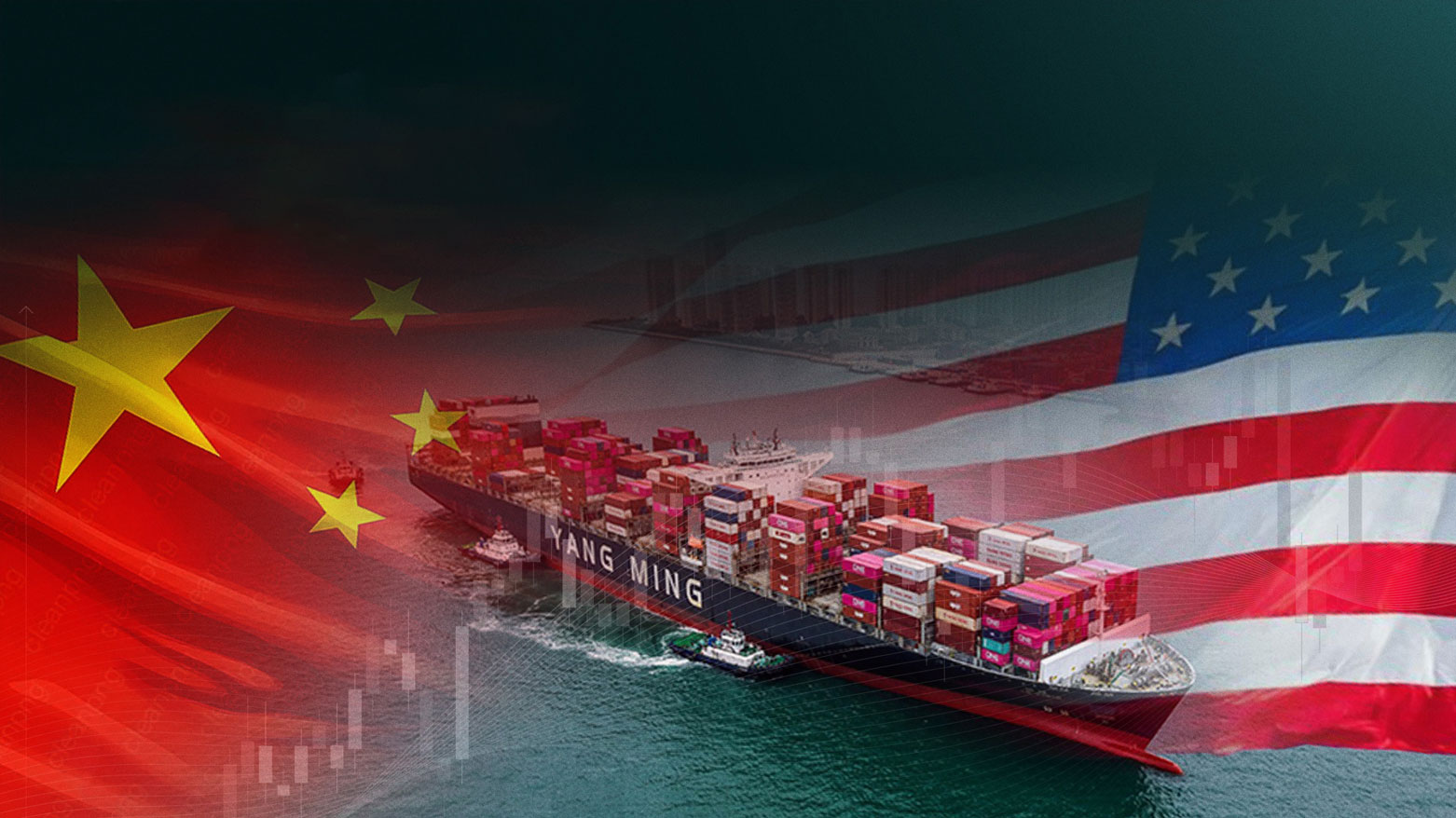
Tara Shwan
Writer
Trump’s New Trade Deal With China: What It Means and Why It Matters
Analyst Tara Shwan evaluates President Trump's US-China trade agreement as strategically significant but structurally fragile, noting its coverage of rare earths, tariffs, and fentanyl precursors offers short-term gains while facing enforcement challenges.

President Donald Trump has announced a wide ranging new trade agreement with China that spans critical minerals, tariffs, agriculture, fentanyl precursors, and the semiconductor supply chain. The deal represents one of the most substantial resets in U.S.–China economic relations in recent years and brings a temporary cooling to a confrontation that has defined the bilateral relationship. Below is a coherent overview of the agreement’s core elements, its strategic importance, and the challenges that may complicate its implementation.
Key Elements of the Agreement
1. Critical Minerals and Rare Earths
China has agreed to ease its export controls on rare earth elements and other critical minerals such as gallium, germanium, and graphite. By issuing broad licenses to U.S. users, Beijing is providing access to resources that are vital for electronics, electric vehicles, and defense technologies. This represents a significant strategic gain for U.S. industry.
2. Tariff Measures
Trump has emphasized that Chinese goods will continue to face what he frames as a “55 percent” tariff burden, though this figure reflects a blend of several different duties rather than a single uniform tariff. Alongside this, both countries have committed to extending a 90-day freeze on newly escalated tariffs, offering short-term stability for global markets. China will also suspend many of its retaliatory tariffs on U.S. products.
3. Agricultural Purchases
Agriculture is a central pillar of the deal. China has pledged to purchase large volumes of American soybeans, at least 12 million metric tons by the end of 2025, with further increases planned in the following years. Additional U.S. products, including sorghum, pork, and wood logs, are also part of the renewed commitments, providing relief and renewed market access for American farmers.
4. Crackdown on Fentanyl Precursors
Beijing has agreed to halt exports of precursor chemicals used in the production of fentanyl, a drug that has fueled a devastating public health crisis in the United States. This provision elevates the agreement beyond economics and into the realm of national security and public health.
5. Semiconductor-Related Concessions
China will reverse retaliatory measures targeting U.S. semiconductor companies and restore trade channels for certain legacy chip manufacturing facilities. Given the global significance of semiconductor supply chains, this concession aims to stabilize a sector that has been heavily strained by geopolitical tensions.
6. One-Year Rare Earth Deal and Continued Engagement
The rare earth export arrangement is limited to one year and will require annual renegotiation. Both governments have also agreed to maintain an ongoing mechanism for negotiating trade, economic, and national-security issues, signaling an intention, at least for now, to keep communication channels open and functional.
Why the Deal Matters
Strategic Industrial Relief
Rare earth elements are indispensable to advanced manufacturing and weapons systems. Because China dominates global supply, any easing of its export restrictions reduces U.S. vulnerability to strategic supply disruptions.
Economic Breathing Room
The tariff freeze, combined with China’s rollback of retaliatory duties, provides short-term relief to farmers, importers, and consumers who have faced rising costs through years of trade conflict.
Support for U.S. Agriculture
The renewed purchase commitments give American farmers, especially soybean producers, a clearer path to recovering lost market share, an outcome with both economic and political significance.
Public Health and Security Impact
China’s commitment to restrict fentanyl precursor exports represents a meaningful national security gain for the U.S. and addresses a crisis that has taken a heavy toll on American communities.
Stabilization of Tech Supply Chains
The provisions affecting semiconductors and legacy chip facilities could help stabilize a global chip market that has been volatile since the pandemic and further disrupted by reciprocal sanctions.
Risks and Uncertainties
Despite its ambitious scope, the agreement carries several risks.
• Enforcement challenges: Past U.S.–China commitments have suffered from inconsistent follow-through.
• Short-term structure: The one-year rare earth provision may create instability if renegotiations become contentious.
• Tariff complexity: The 55-percent tariff claim is more political messaging than economic clarity, potentially complicating future negotiations.
• Domestic criticism: Both sides may face internal pushback from constituencies who view parts of the agreement as overly concessionary.
Conclusion
Trump’s new trade deal with China is sweeping, strategic, and politically consequential. It pauses a prolonged tariff battle that has strained global supply chains and delivers clear benefits to U.S. manufacturers, farmers, and high-tech industries. Yet its short-term structure and dependence on continued compliance leave open questions about its durability. Whether this agreement becomes a foundation for long-term stability or simply a temporary truce will depend on actions taken well beyond the announcement itself.
The views expressed in this article are those of the author and do not necessarily reflect the views of Kurdistan24.